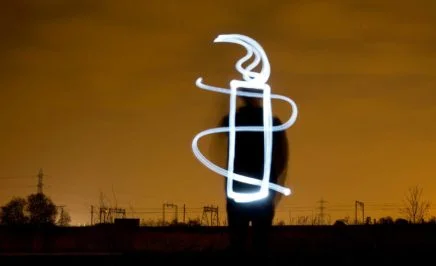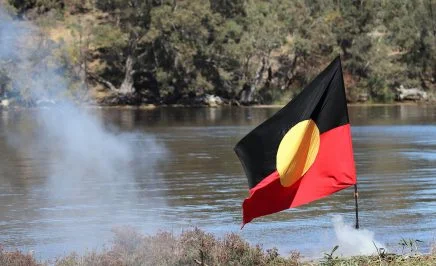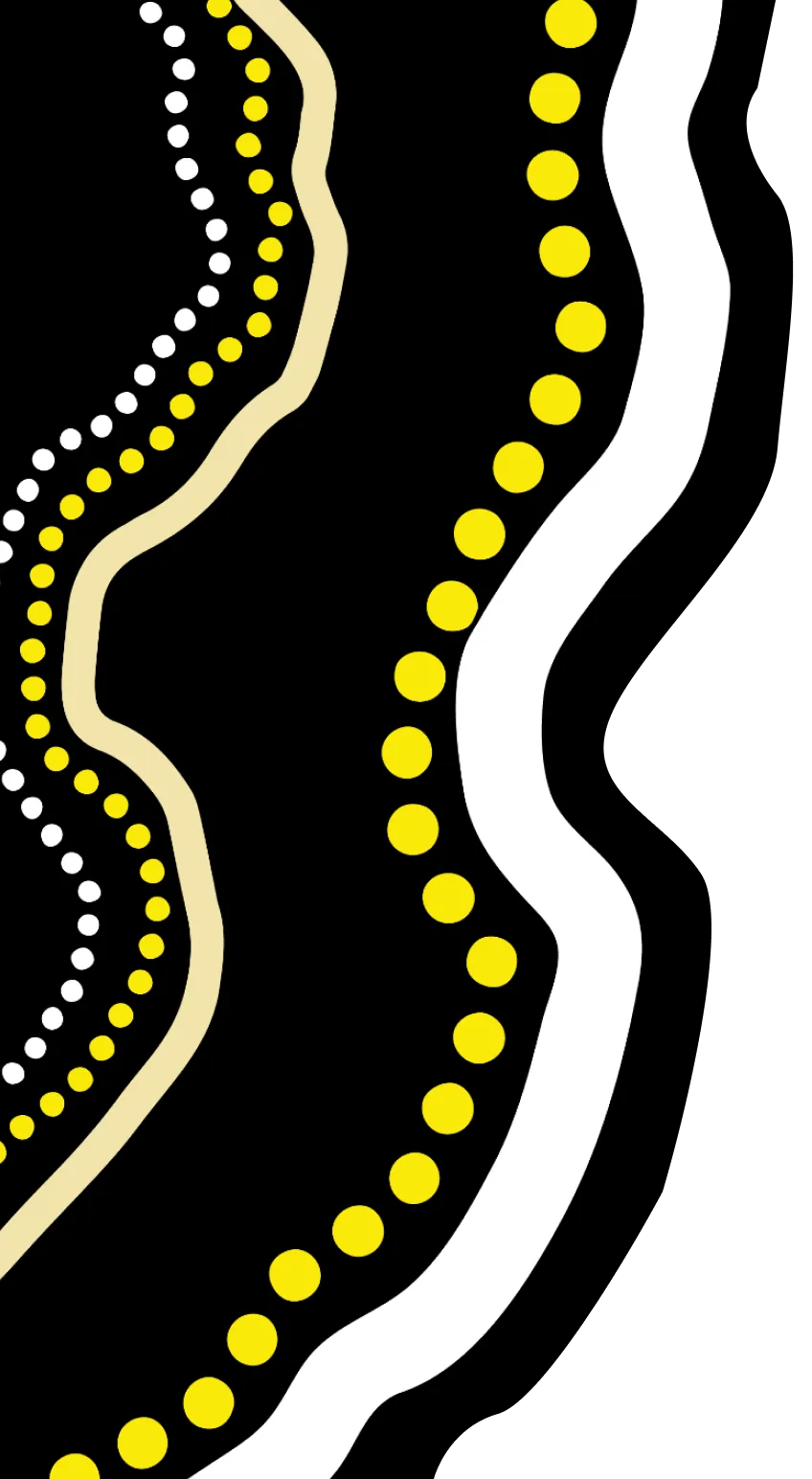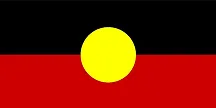In the 25 years since the Royal Commission Into Aboriginal Deaths in Custody (RCIADIC), more than 330 Indigenous people have died in custody. It’s proof that our justice system doesn’t care about me, my children and the hundreds of thousands of Aboriginal and Torres Strait Islander people, writes Kelly Briggs.
A man died alone in a cell from head injuries
At 7.30pm on a balmy night in 1980, police officers, unable to rouse a man on a sidewalk, dragged him unconscious into the back of a police van. The officers assumed he was too drunk to be woken.
They drove him to the station and dragged him into a holding cell. They then left him unchecked until 5am, when they found him dead.
The doctor called to assess the man concluded he had died during the night of a subdural haematoma, which is usually the result of a serious head injury. While this man was imprisoned and dying – his brain rapidly filling with blood and compressing tissue – police officers assumed he was too drunk to wake.
A woman’s cries of agony were ignored
One hot January morning in 1984, police officers encountered an allegedly intoxicated woman at an intersection. They asked her questions and her replies were incoherent. She could not stand so they carried her into the car.
Records show this woman entered the watchhouse at 7.10am. At around 10am, a man in another cell banged on the door to tell staff that the woman was moaning and rolling around in pain, and that she needed medical attention. Nothing was done.
A short time later an officer noticed the imprisoned woman had defecated on her blanket and moved to the floor. The officer called out to her and she moaned. Still, nothing was deemed amiss.
At 2.25pm a friend of the woman came to bail her out but after failing to wake her, was told to come back later.
The officer went back to the woman’s cell; he could not find a pulse. She was dead on a cold concrete floor, beside a blanket covered in her own faeces.
The cause of death was ruled as a hemorrhage from an ovarian cyst, consequent of advanced liver disease. The pain from a ruptured ovarian cyst is described as a sword rammed through your back, repeatedly.

A sick man is dismissed from hospital to die in a cell
At 5am on a Saturday morning in 1984, a man awoke and told his nephew his chest was feeling crook. He was picked up by family members and taken to hospital.
The doctor who attended the sick man prescribed aspirin and rest until he “looked” well. The nurse charged with overseeing the patient stated she saw him as a drunk with a hangover and wanted to be rid of him as soon as possible.
In evidence to the Commission, the nurse admitted that he was still complaining of pain when he was discharged, and was unable to give any satisfactory explanation for letting a very sick man leave. The nurse said she tried to reach family members to come and pick him up – however, only the police were contacted.
The patient was arrested for drunkenness and 27 hours later, he was dead. The coroner’s report stated he had died from lobar pneumonia. It is easily diagnosed, either with a stethoscope or a chest X-ray.
This case was hindered by the fact the arresting officer claimed all documents relating to the case were stolen from his car. No charges of hindering an investigation or neglect were ever brought against the officer or hospital staff.
25 years on, and armed with 339 recommendations from RCIADIC, are we any better at stopping preventable deaths in custody?
Kelly Briggs
25 years later, we’re still dying in custody
These are just three of the 99 Aboriginal deaths between 1 January 1980 and 31 May 1989, which became the subject of the the Royal Commission into Aboriginal Deaths in Custody (RCIADIC). Its findings were handed down in 1991 and much to the surprise of many, no criminal charges were filed against any police officers. Not even one charge of criminal neglect.
But 25 years on, and armed with 339 recommendations from RCIADIC, are we any better at stopping preventable deaths in custody?
To this day, most states have only adopted some of the recommendations, with no states or territories implementing them all.
Since RCIADIC, over 330 Aboriginal people have died in custody. Today Aboriginals are jailed at an even higher rate than when the RCIADIC commenced. These are damning statistics for our judiciary system, which has chosen to ignore its very own recommendations.
Only in the last six months, a young Aboriginal woman in Western Australia lost her life in custody, writhing in agony on a cold jailhouse floor. Another entirely preventable death – a parent’s worst nightmare.
Numerous studies have shown that people believe black people do not feel pain in the same way as white people do. There is a very real empathy gap when Aboriginal people display signs of pain as opposed to white people.
In the past year the Northern Territory has introduced paperless arrest laws, which fly in the face of RCIADIC’s recommendations.. There has already been at least one death in custody in the Northern Territory as a result of arrests for incredibly minor infractions.
Since RCIADIC, over 330 Aboriginal people have died in custody. Today Aboriginals are jailed at an even higher rate than when the RCIADIC commenced.
Kelly Briggs
My takeaways
When I look past my anger I feel deep sorrow – sorrow that this country for over 220 years has not valued Aboriginal lives. If it did, this article would not have to be written.
When I look past my anger I feel deep sorrow – sorrow that this country for over 220 years has not valued Aboriginal lives. If it did, this article would not have to be written.
I would not lie in bed fearing for my family members that are imprisoned, that the next time I see them will be at their funerals. I wouldn’t be terrified that my own children will one day make a mistake that puts them in a harmful judicial system.
This country must do better. Conversations are taking place but there must be a sense of urgency because as it stands, Aboriginal people are still dying entirely preventable deaths while incarcerated.
Kelly Briggs is an award-winning writer and social commentator. A Gomeroi woman living in Moree in rural NSW, Kelly brings a deep personal and political perspective to her work illuminating the determinants of the social and emotional wellbeing of Aboriginal and Torres Strait Islander people.
Follow her on Twitter: @TheKooriWoman
This blog entry does not necessarily represent the position or opinion of Amnesty International Australia
For more stories like this, download Just Justice (13MB)







